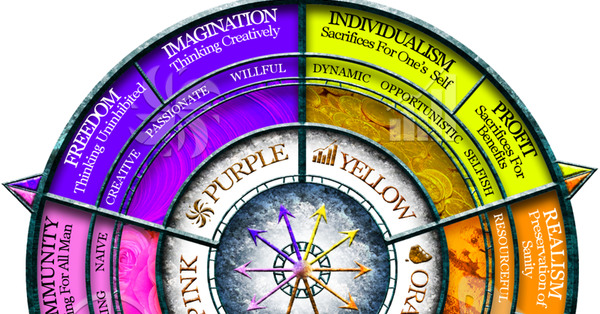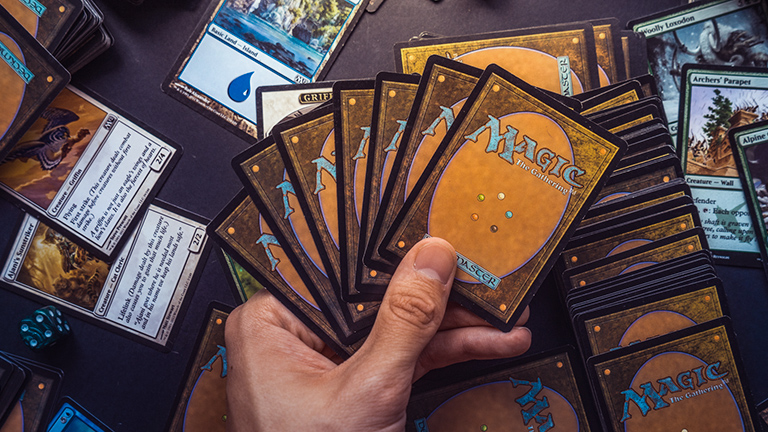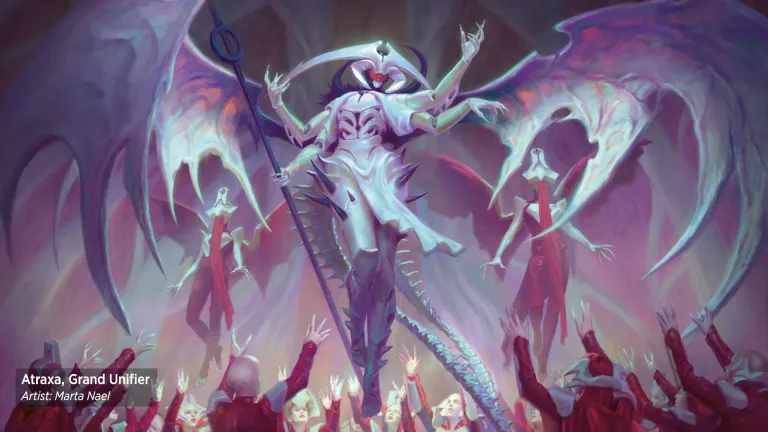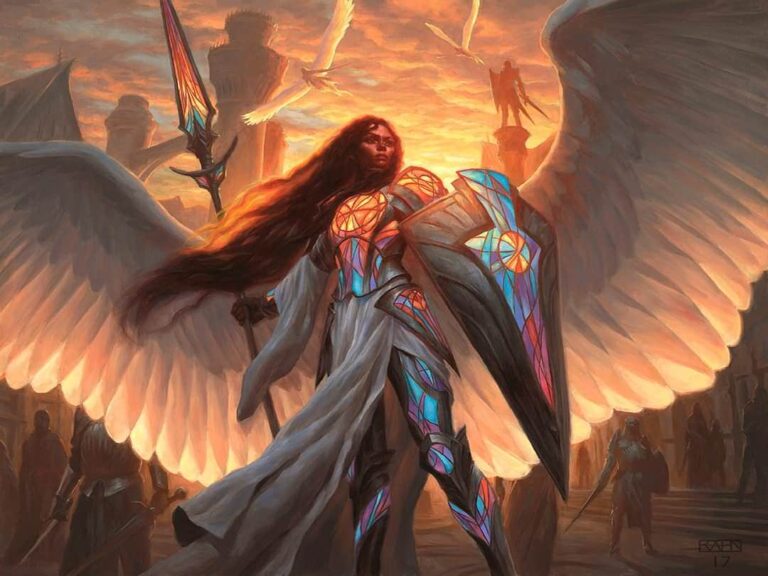Understanding Color Identity in EDH
In the world of Magic: The Gathering, the Commander format, also known as EDH (Elder Dragon Highlander), offers a unique and exciting way to play the game. One of the fundamental aspects of EDH is the concept of color identity. Understanding how color identity works is essential for constructing a well-balanced and synergistic Commander deck. In this article, we will delve into the intricacies of color identity, exploring its significance, limitations, and how it shapes the gameplay experience.
What is EDH?
EDH or Elder Dragon Highlander, is a multiplayer format of Magic: The Gathering. It revolves around the use of a legendary creature called the Commander, which acts as the deck’s centerpiece and represents the player’s avatar in the game. Each Commander has a specific color identity that determines the colors of mana symbols present in the deck.
The Basics of Color Identity
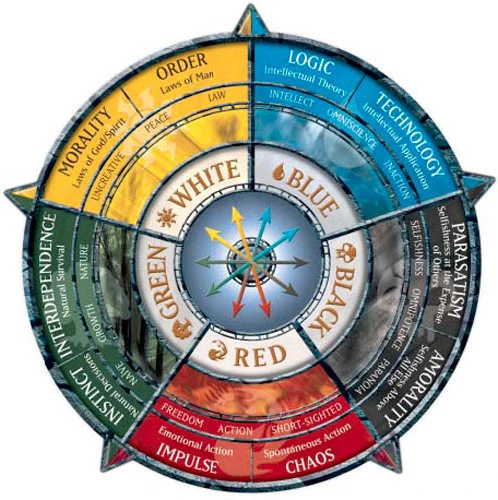
Defining Color Identity
Color identity in EDH refers to the combination of colors present in a card’s casting cost, rules text, and color indicators. This includes both the mana symbols and the colorless mana symbols. A card’s color identity is determined by all these factors, not just the colors of mana it produces. For example, if a card has a red mana symbol in its casting cost but produces colorless mana, its color identity is still red.
Commanders and Their Color Identity
The color identity of a Commander is crucial in deck construction. The color identity of your Commander dictates which cards you can include in your deck. You are only allowed to include cards that share a color or are colorless in your Commander’s color identity. This means that if your Commander has a red and white color identity, you can include red, white, colorless cards, and cards with hybrid mana symbols that are either red or white.
Deck Construction Guidelines
Color Identity Restrictions
When building an EDH deck, it is essential to adhere to the color identity restrictions. You must only include cards that match the color identity of your Commander. This restriction ensures that each deck is thematically cohesive and prevents players from accessing the full range of cards available in the game.
Including Multicolored Cards
While the color identity of your Commander restricts the cards you can include, you can still use multicolored cards as long as the colors in their casting cost match your Commander’s color identity. Multicolored cards can provide additional flexibility and power to your deck, enabling unique synergies and strategies.
The Influence of Color Identity on Gameplay
Mana Generation and Card Selection
Color identity directly affects your deck’s mana base and the availability of different colors of mana. The colors present in your deck determine the types of lands and mana sources you need to include. Proper mana generation is crucial for casting spells and activating abilities that match your deck’s color identity.
Synergies and Strategies
The color identity of your Commander and deck greatly impacts your chosen synergies and strategies. Each color in Magic: The Gathering has its strengths, weaknesses, and unique mechanics. Understanding the strengths and weaknesses of different colors allows you to build a deck that exploits synergies and maximizes your chances of victory.
Interaction with Other Players
Color identity also plays a significant role in the interaction between players during the game. Each color offers distinct ways of disrupting opponents’ strategies and protecting your own. The interplay between different colors creates dynamic and engaging gameplay, where players must adapt their strategies to counter their opponents effectively.
Exploring the Five Colors of Magic

Magic: The Gathering features five colors: white, blue, black, red, and green. Each color represents different philosophies, abilities, and playstyles. Let’s take a brief look at each color and their characteristics:
White: The Color of Order and Protection
White emphasizes order, healing, protection, and the ability to generate small creatures quickly. It excels at removing threats, gaining life, and establishing a defensive position.
Blue: The Color of Intellect and Manipulation
Blue represents intellect, control, card draw, and counterspells. It excels at manipulating the game through card advantage, countermagic, and bouncing permanents.
Black: The Color of Ambition and Power
Black embodies ambition, power, sacrifice, and manipulation of life and death. It excels at destroying creatures, reanimating creatures from graveyards, and exploiting resources.
Red: The Color of Emotion and Chaos
Red embodies emotion, chaos, aggression, and quick bursts of damage. It excels at direct damage, haste, temporary creature control, and chaotic effects.
Green: The Color of Nature and Growth
Green represents nature, growth, ramping, and large creatures. It excels at accelerating mana, searching for lands, and playing massive creatures earlier than other colors.
Color Identity in Deck Archetypes
Understanding color identity is crucial for constructing different deck archetypes in EDH. Here are some common archetypes and how color identity influences them:
Aggro
Aggressive decks focus on quickly reducing opponents’ life totals. The color identity determines the types of creatures, combat tricks, and direct damage spells available to the deck.
Control
Control decks aim to dominate the game by countering spells, removing threats, and grinding opponents’ resources. The color identity determines the range of counterspells, removal spells, and card draw options.
Combo
Combo decks seek to assemble specific combinations of cards to achieve a powerful win condition. Color identity determines the available combo pieces, tutors, and protection spells.
Midrange
Midrange decks aim to strike a balance between aggression and control. Color identity determines the types of threats, answers, and card advantage engines available to the deck.
Voltron
Voltron decks focus on suiting up a single creature with powerful equipment and auras. Color identity influences the selection of creature types, equipment, and auras available.
Adapting and Evolving Your Deck
As you play with your Commander deck, you might discover the need to adapt and evolve it over time. Here are a couple of considerations:
Expanding Your Color Identity
If you feel that your deck lacks certain abilities or strategies, you can consider changing your Commander to include additional colors in its color identity. This opens up new possibilities for card selection and synergies.
Adjusting the Mana Base
As you add or remove colors from your deck, you’ll need to adjust the mana base accordingly. Ensuring a balanced distribution of lands and mana sources is crucial for consistent performance.
Conclusion
Understanding how color identity works is essential for building and playing Commander decks effectively in the EDH format. It dictates the cards you can include, influences your gameplay decisions, and offers a diverse range of strategies and synergies. By harnessing the strengths of different colors and adapting your deck to fit your playstyle, you can create a unique and powerful Commander deck that represents your own color identity.

